The Royal Scots Dragoon Guards have been honing their urban combat skills as part of their role in NATO’s Allied Reaction Force (ARF), a high-readiness multinational task force comprising 800,000 troops, according to a British Army news update.
The ARF is designed to respond rapidly to crises, ranging from disaster relief to high-tempo warfare, with the first 100,000 troops ready to deploy within 10 days, followed by additional waves of personnel at varying levels of readiness.
The regiment, which forms part of the UK’s 7th Light Mechanised Brigade Combat Team, conducted two weeks of intensive urban combat training at Royal Marine Condor in Arbroath. This preparation comes ahead of Exercise Steadfast Dart, a major NATO manoeuvre in Romania and Bulgaria, which will test the deployment and capabilities of the ARF.
Lieutenant Robert Boylin, Troop Leader with B Squadron, emphasised the importance of readiness: “As members of the ARF, we must be ready to engage in the full range of operations from peacekeeping to conventional high-tempo warfare. The aim of this exercise was to develop and test our soldiers on the complexities of close-quarter fighting, room clearances and searches.”
The training focused on mastering the intricacies of urban warfare, progressing from basic drills to advanced operations. Soldiers practised entering and clearing buildings, manoeuvring through confined spaces, and responding to scenarios involving threats from multiple angles. Simulated ammunition and drones were used to enhance realism, while snipers and reconnaissance teams gathered intelligence to support the final assault.
Corporal Neil McCubbin, an Urban Operations instructor, highlighted the unique challenges of urban combat: “The urban environment is the most complex terrain in which a soldier can be deployed. Contact at close range, challenging conditions and split-second decisions require a calm approach.”
The culmination of the training saw soldiers arriving on Jackal vehicles and on foot, confronting simulated adversaries in a battle to dominate and hold a fortified position. Corporal McCubbin praised their progress: “When you see the final exercise going well, it is brilliant. It’s great to see how they have learnt and developed their skills. They now have the knowledge and all that is left is to practise, practise, practise.”
The UK is leading the ARF’s contributions with over 2,600 personnel and 730 vehicles deploying to NATO’s eastern flank,


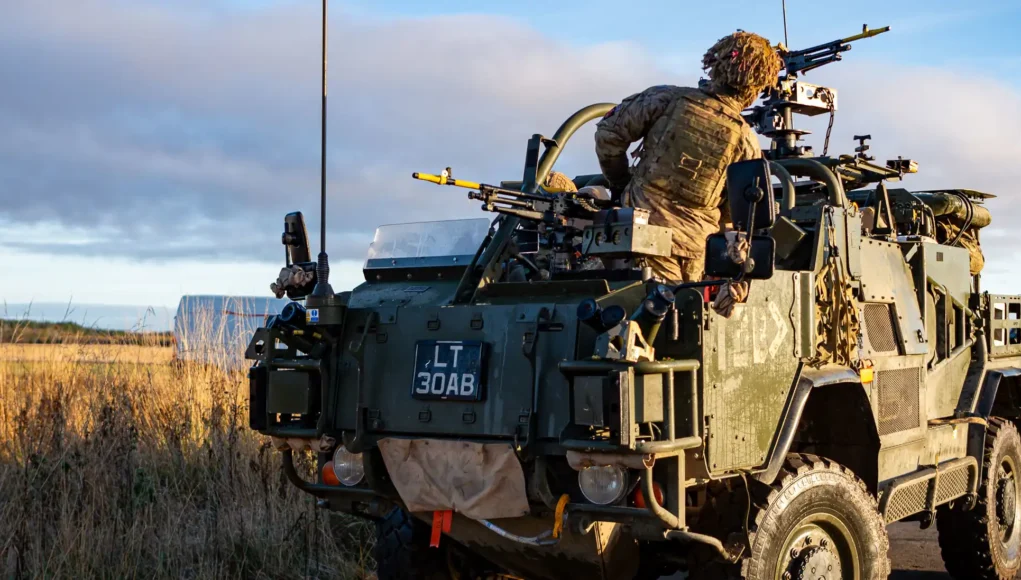
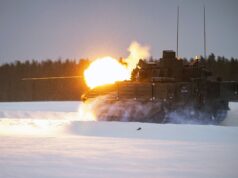
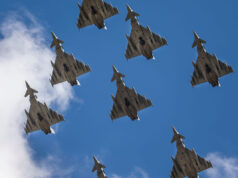
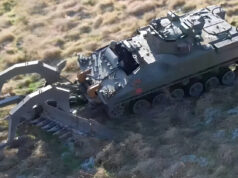
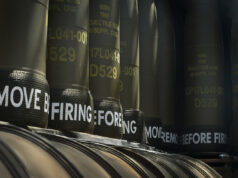
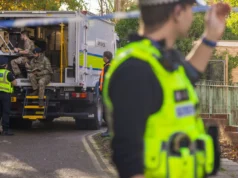
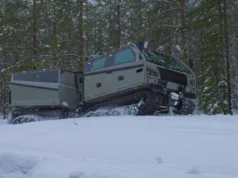

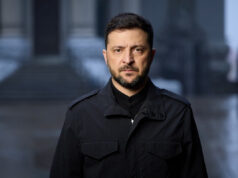


So……we’re supplying 0.325 % ooooh!!!
I bet our adversaries are quaking in their boots!!!
How many would you suggest is apt for the initial, high readiness elements?
Tom, Do you seriously think the whole of the 800,000 members of the ARF are deploying on this early-doors exercise? Then we are not sending all of our troops assigned to the ARF on this one exercise.
For the UK to deploy 2,600 personnel and 730 vehicles on an exercise these days is quite a lot.
I know, soz …..I was just be facetious! lol
How much longer can open vehicles continue in service in the age of (small, cheap) drone warfare ?
800k broken down how? If there were actually that many capable of being mobilised then we wouldn’t really need to worry about Russia.
… I mean have you actually looked at how many active duty personnel NATO has? 800,000 in various states of readiness with a 100,000 at 10 days NTM isn’t that ridiculous alliance wide.
Leading ARF’s contribution? How??
Highest readiness forces at shortest ntm, and probably leading the HQ.
Also probably the largest component of steadfast dart.
Sounds like we are contributing the most troops on this particular exercise and maybe fielding the Commander and HQ.
I missed hearing the announcement of the creation of the ARF. Maybe NATO needs to do a bit more PR.
The Russians were and are aware which is what counts. 🙂 Having an initial reinforcement of 5 Brigades to the existing forces in the East with this reaction force would present a wall of voodoo for Russia.
It was on both the British Army website and UKDJ tbf.